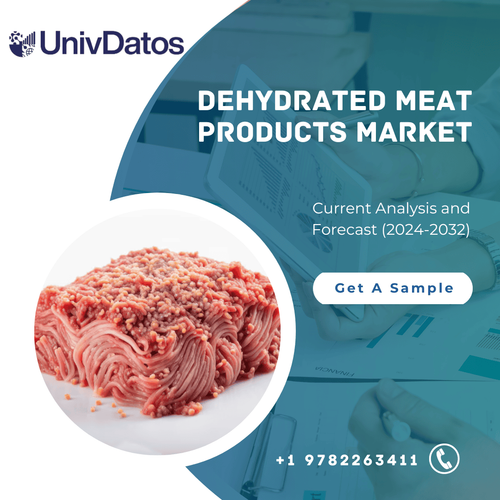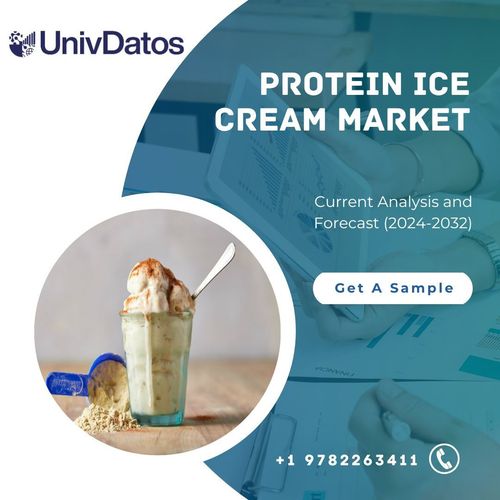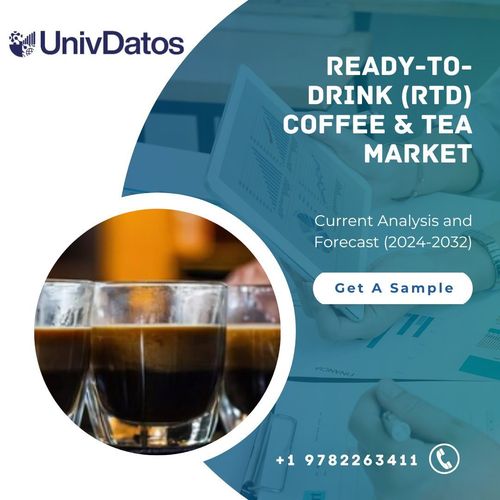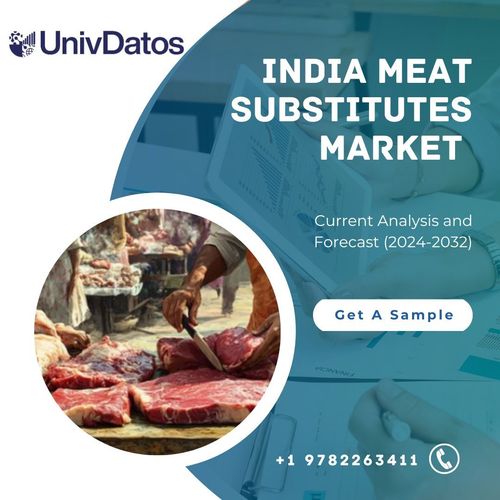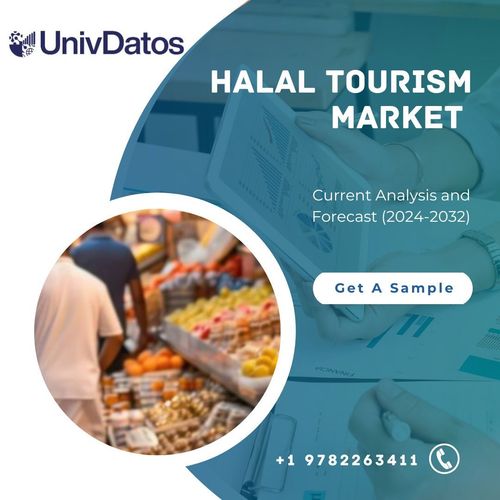Organic Dairy Products Market: Current Analysis and Forecast (2022-2028)
Emphasis on Product (Alcohol & Spirit, Tobacco & Cigarette, Fashion & Accessories, Personal Care & Cosmetics, Watches & Jewelry, Others); Distribution Channel (Airport, Seaport, Onboard, Others); Region/Country
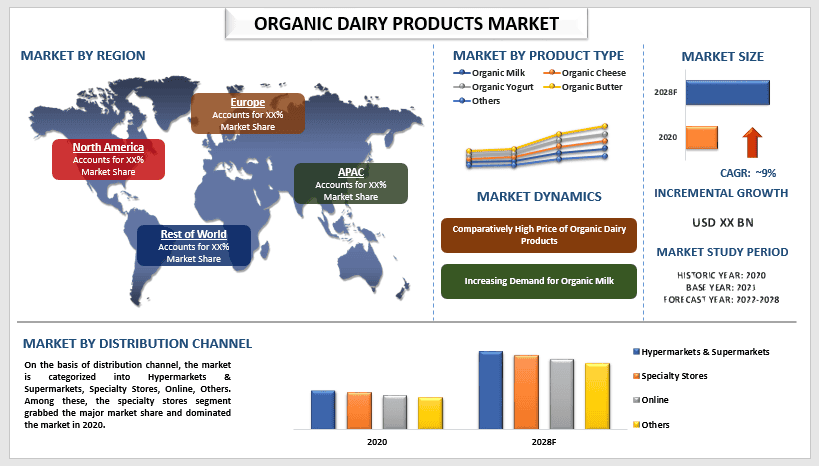
Global Organic Dairy Products Market is expected to grow at a significant rate of around 9% during the forecast period. The increased per capita spending of consumers on healthy and organic food products contributing to the growth of the organic dairy products market. For instance, in 2019, Japan has the highest per capita spending on food that is USD 4,417.5 per person followed by Australia, Canada, and France with per-person spending of USD 3,003.6, USD 2,986.9, and USD 2,983.4, respectively.
Moreover, a growing number of organic farms in countries is also propelling the market growth of the organic dairy products. In the EU, an ambitious overall goal for the near term has been set to increase the number of organic crops farmed to 25% by 2030. Total EU milk production is estimated to be around 155 million tons per year. The main producers are Germany, France, Poland, the Netherlands, Italy, and Ireland. Together they account for almost 70% of EU milk production. Moreover, the number of organic dairy cows would have to multiply by almost 6 to around 4 million in 2030.
Chobani LLC, General Mills Inc, Safeway Inc, BJ’s Wholesale Club Inc, Straus Family Creamery, Unilever Group, Stonyfield Farm Inc., Royal FrieslandCampina N.V., Danone SA, Organic Valley, etc., are some of the key players in the market. Several M&As along with partnerships have been undertaken by these players to facilitate customers with hi-tech and innovative products/technologies.
Insights Presented in the Report
“Amongst product type, milk category to witness higher CAGR during the forecast period”
Based on product type, the market is segmented into organic milk, organic cheese, organic yogurt, organic butter, and others. The organic milk segment grabbed the major market share and dominated the market in 2020. Animals that produced organic milk are predominantly fed organic feed and do not consume artificial feed or treatment in their diets. One can get the nutritional benefits of milk without exposing to chemical contaminants. Numerous studies have found that organic milk has a higher nutritional content, and even more healthy omega-3 fatty acids, and more disease-fighting antioxidants than non-organic milk
“Amongst distribution channel, the specialty stores to hold a significant share in the market in 2020”
Based on the distribution channel, the market is categorized into Hypermarkets & Supermarkets, Specialty Stores, Online, and Others. Among these, the specialty stores segment grabbed the major market share and dominated the market in 2020. A retail business that focuses on unique and specialized goods is known as a specialty store. These businesses concentrate on selling a certain brand or category of goods. Retailers with a focus on one product category may offer extensive training to their staff members to ensure that they are well-versed in the category’s offerings
“North America to hold a significant share in the market”
In 2020, North America held a significant share of the global organic dairy products market. North America is anticipated to grow at a substantial CAGR during the forecast period owing to the growing number of organic farms in the countries such as the United States and Canada. As per the U.S. Department of Agriculture’s National Agricultural Statistics Service, there were more than 14,000 certified organic farms in the United States in 2016 which increased to 16,585 in 2019. However, the Asia-Pacific region would witness the highest CAGR during the forthcoming years.
Reasons to buy this report:
- The study includes market sizing and forecasting analysis validated by authenticated key industry experts.
- The report presents a quick review of overall industry performance at one glance.
- The report covers an in-depth analysis of prominent industry peers with a primary focus on key business financials, product portfolio, expansion strategies, and recent developments.
- Detailed examination of drivers, restraints, key trends, and opportunities prevailing in the industry.
- The study comprehensively covers the market across different segments.
- Deep dive regional level analysis of the industry.
Customization Options:
The global Organic Dairy Products market can further be customized as per the requirement or any other market segment. Besides this, UMI understands that you may have your own business needs, hence feel free to connect with us to get a report that completely suits your requirements.
Table of Contents
Research Methodology for the Organic Dairy Products Market Analysis (2022-2028)
Analyzing the historical market, estimating the current market, and forecasting the future market of the global organic dairy products market were the three major steps undertaken to create and analyze the adoption of organic dairy products in major regions globally. Exhaustive secondary research was conducted to collect the historical market numbers and estimate the current market size. Secondly, to validate these insights, numerous findings and assumptions were taken into consideration. Moreover, exhaustive primary interviews were also conducted, with industry experts across the value chain of the global organic dairy products market. Post assumption and validation of market numbers through primary interviews, we employed a top-down/bottom-up approach to forecasting the complete market size. Thereafter, market breakdown and data triangulation methods were adopted to estimate and analyze the market size of segments and sub-segments of the industry pertains to. Detailed methodology is explained below:
Analysis of Historical Market Size
Step 1: In-Depth Study of Secondary Sources:
Detail secondary study was conducted to obtain the historical market size of the organic dairy products market through company internal sources such as annual reports & financial statements, performance presentations, press releases, etc., and external sources including journals, news & articles, government publications, competitor publications, sector reports, third-party database, and other credible publications.
Step 2: Market Segmentation:
After obtaining the historical market size of the organic dairy products market, we conducted a detailed secondary analysis to gather historical market insights and share for different segments & sub-segments for major regions. Major segments are included in the report as product type and distribution channel. Further country-level analyses were conducted to evaluate the overall adoption of testing models in that region.
Step 3: Factor Analysis:
After acquiring the historical market size of different segments and sub-segments, we conducted a detailed factor analysis to estimate the current market size of the organic dairy products market. Further, we conducted factor analysis using dependent and independent variables such as product type and distribution channel of Organic Dairy Products. A thorough analysis was conducted for demand and supply-side scenarios considering top partnerships, mergers and acquisitions, business expansion, and product launches in the Organic Dairy Products market across the globe.
Current Market Size Estimate & Forecast
Current Market Sizing: Based on actionable insights from the above 3 steps, we arrived at the current market size, key players in the global Organic Dairy Products market, and market shares of the segments. All the required percentage shares split, and market breakdowns were determined using the above-mentioned secondary approach and were verified through primary interviews.
Estimation & Forecasting: For market estimation and forecast, weights were assigned to different factors including drivers & trends, restraints, and opportunities available for the stakeholders. After analyzing these factors, relevant forecasting techniques i.e., the top-down/bottom-up approach were applied to arrive at the market forecast for 2028 for different segments and sub-segments across the major markets globally. The research methodology adopted to estimate the market size encompasses:
- The industry’s market size, in terms of revenue (USD) and the adoption rate of the Organic Dairy Products market across the major markets domestically
- All percentage shares, splits, and breakdowns of market segments and sub-segments
- Key players in the global organic dairy products market in terms of products offered. Also, the growth strategies adopted by these players to compete in the fast-growing market
Market Size and Share Validation
Primary Research: In-depth interviews were conducted with the Key Opinion Leaders (KOLs) including Top Level Executives (CXO/VPs, Sales Head, Marketing Head, Operational Head, Regional Head, Country Head, etc.) across major regions. Primary research findings were then summarized, and statistical analysis was performed to prove the stated hypothesis. Inputs from primary research were consolidated with secondary findings, hence turning information into actionable insights.
Split of Primary Participants in Different Regions
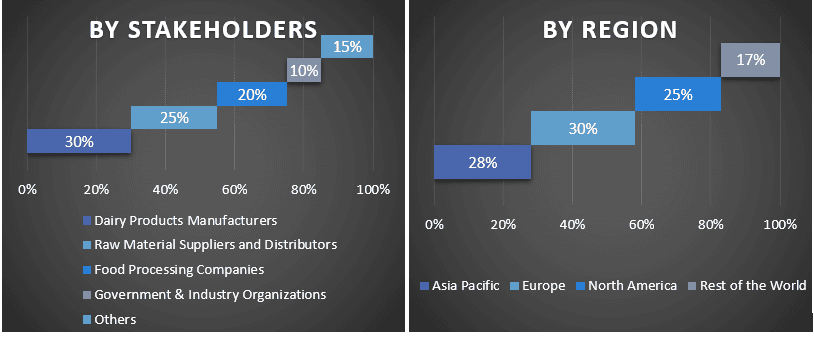
Market Engineering
The data triangulation technique was employed to complete the overall market estimation and to arrive at precise statistical numbers for each segment and sub-segment of the global organic dairy products market. Data was split into several segments & sub-segments post studying various parameters and trends in the product type and distribution channel in the global Organic Dairy Products market.
The main objective of the Global Organic Dairy Products Market Study
The current & future market trends of the global organic dairy products market were pinpointed in the study. Investors can gain strategic insights to base their discretion for investments on the qualitative and quantitative analysis performed in the study. Current and future market trends determined the overall attractiveness of the market at a regional level, providing a platform for the industrial participant to exploit the untapped market to benefit from a first-mover advantage. Other quantitative goals of the studies include:
- Analyze the current and forecast market size of the organic dairy products market in terms of value (USD). Also, analyze the current and forecast market size of different segments and sub-segments
- Segments in the study include areas of product type and distribution channel.
- Define and analysis of the regulatory framework for the Organic Dairy Products
- Analyze the value chain involved with the presence of various intermediaries, along with analyzing customer and competitor behaviors of the industry.
- Analyze the current and forecast market size of the Organic Dairy Products market for the major region.
- Major countries of regions studied in the report include Asia Pacific, Europe, North America, and the Rest of the World.
- Company profiles of the Organic Dairy Products market and the growth strategies adopted by the market players to sustain in the fast-growing market
- Deep dive regional level analysis of the industry
Related Reports
Customers who bought this item also bought

